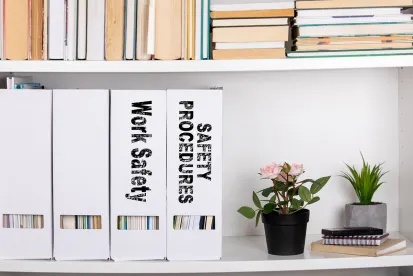On January 29, 2020, the Occupational Safety and Health Administration (“OSHA”) issued new, descriptive guidance to assist employers in better identifying risks of workers being exposed to and/or contracting COVID-19.
OSHA’s new guidance recommends that employers implement COVID-19 Prevention Programs in the workplace, and include the following key elements in their programs:
-
Conducting a hazard assessment;
-
Identifying a combination of measures that limit the spread of COVID-19 in the workplace;
-
Adopting measures to ensure that workers who are infected or potentially infected are separated and sent home from the workplace; and
-
Implementing protections from retaliation for workers who raise COVID-19 related concerns.
OSHA also lays out additional detail on key measures for limiting the spread of COVID-19, including, among other things: separating and sending home infected or potentially infected employees, implementing physical distancing, installing barriers where physical distancing cannot be maintained, suppressing the spread by using face coverings, improving ventilation, providing supplies for good hygiene, and routine cleaning and disinfection.
Many employers will likely be familiar with much this guidance; however, OSHA has also added some noteworthy new recommendations, specifically with respect to components of the most effective COVID-19 prevention programs:
-
Assigning a COVID-19 coordinator responsible for COVID-19 issues in the workplace,
-
Providing guidance on screening and testing.
-
Providing all workers with face coverings (i.e., cloth face coverings, surgical masks). OSHA previously did not recommend employers purchase and provide masks to employees.
-
Providing a COVID-19 vaccine at no cost to eligible employees.
-
Not distinguishing between vaccinated workers and those who are not vaccinated for purposes of implementing safety measures.
As is the case with other OSHA guidance, this guidance is not a standard or regulation, and it creates no new legal obligations. Rather, employers should treat this guidance as insight into how OSHA will evaluate COVID-19 related-issues going forward, and assess whether and to what extent aspects of the guidance can and should be implemented.





 />i
/>i

